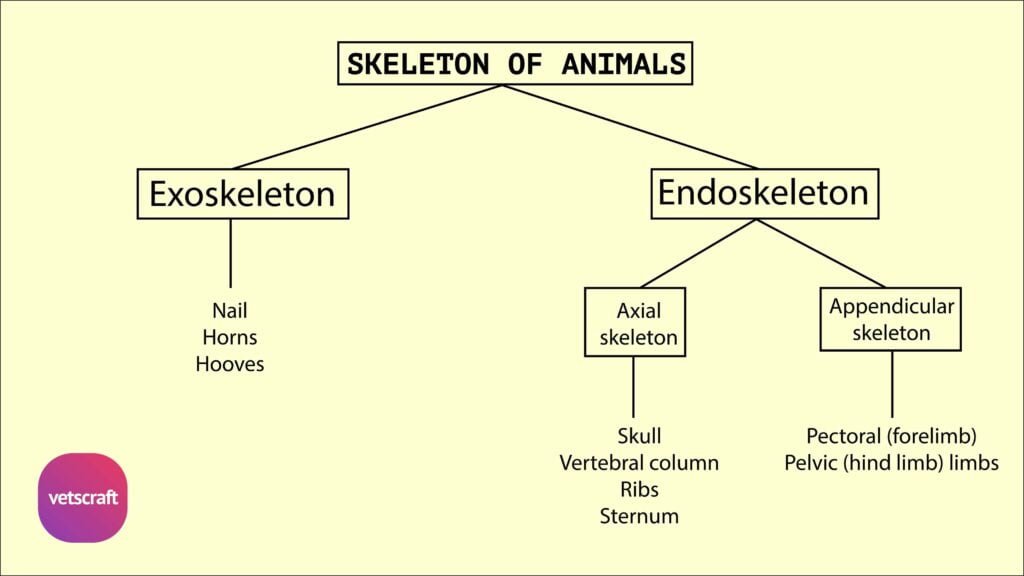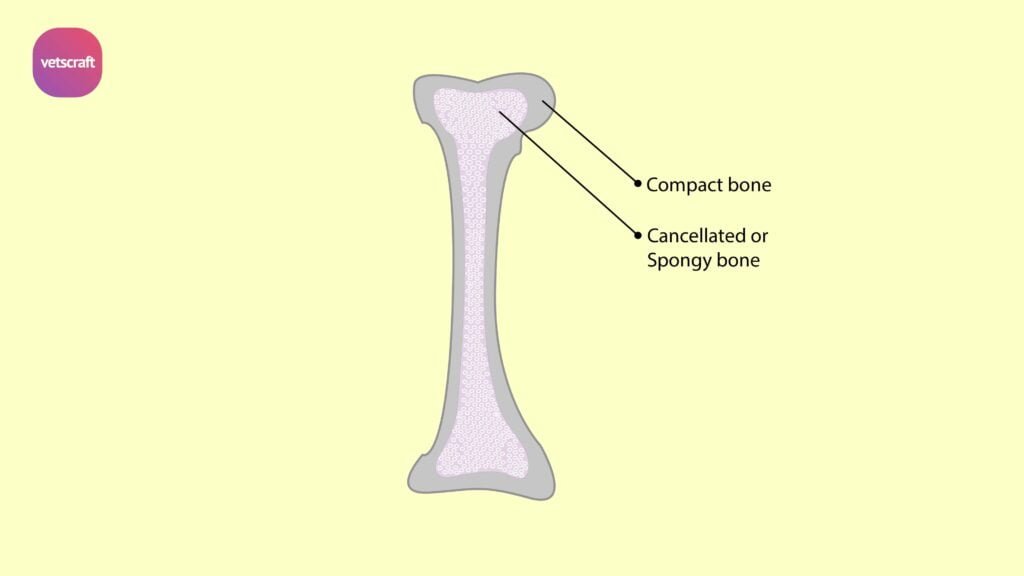TABLE OF CONTENTS
Distal Sesamoid of Forelimb in Ox, Horse, Dog, and Other Animals
The distal sesamoid of the forelimb is a small, nodular bone located behind the distal interphalangeal joint (commonly the coffin joint in large animals).
It is typically embedded within the tendon of the deep digital flexor muscle, where it acts as a fulcrum to improve the mechanical efficiency of tendon movement over the joint.
Distal Sesamoid of Ox (Navicular Bone)
The distal sesamoid of the forelimb in the ox is otherwise called the os navicularis. It is placed behind the second interphalangeal articulation. It presents two surfaces, two borders, and two extremities.
The dorsal face is articular, faces upward and forward, and presents two facets for the second phalanx.
The volar or flexor surface is broader and, in life, is covered by fibrocartilage for the play of the deep flexor tendon.
The proximal border is grooved for ligamentous attachment, and the distal border bears a small facet about its middle for the os pedis. The extremities are rounded.
Comparative Anatomy of Distal Sesamoids
Sheep and Goats
The number of distal sesamoids in sheep and goats is similar to that of an ox. The flexor surface of the distal sesamoid forms a shallow groove that is not divided by a ridge.
Horse
The distal sesamoid of the horse is shuttle-shaped and longer, with narrow extremities.
Pig
One distal sesamoid is present for each chief digit in pigs but absent in the accessory digits.
Dog
The distal sesamoids are cartilaginous in the dog.
Rabbit
Distal sesamoids are present in the interphalangeal joints in the case of the rabbit’s forelimb.
Fowl
Sesamoid bones are absent in the forelimb of the fowl.

